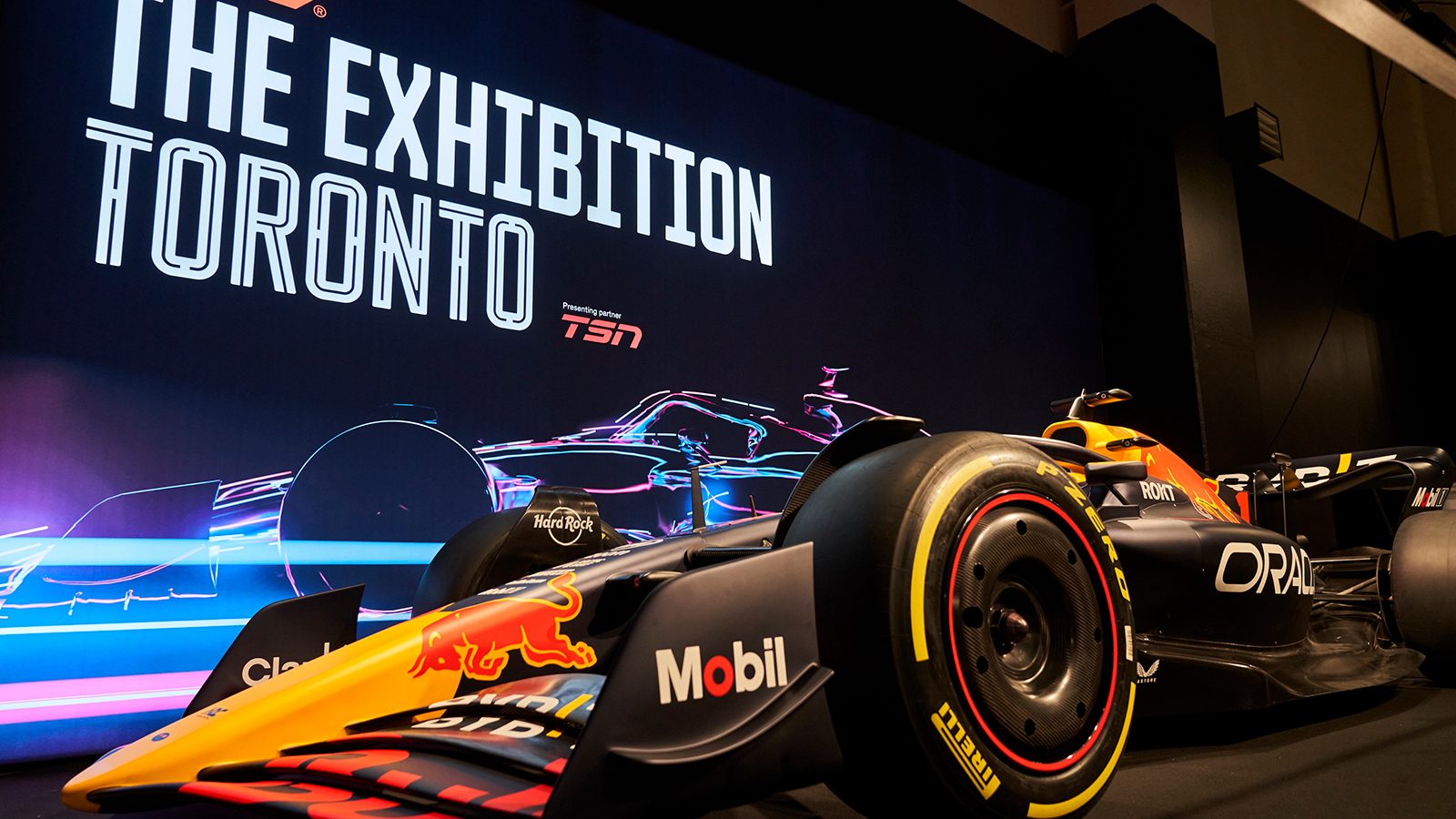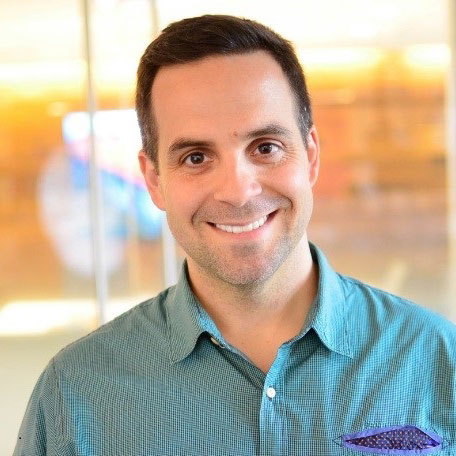How Fandom Drives the Evolution of Formula 1
Interactive exhibition turbocharges excitement worldwide

Fandom is the heartbeat of any sport or entertainment experience, and in the world of Formula 1, you feel that power rumbling like mighty engines on the track. I had the chance to sit down with Jonathan Linden, co-president of Round Room Live. As the producer of the F1 Exhibition Experience—a traveling, 20,000-sq.-ft. interactive installation that tell the story of the racing circuit—he is a key figure in making the sport accessible to fans worldwide.
Here, we discuss how F1 has captured the imaginations of both die-hard enthusiasts and newcomers, and how the sport continues to grow its community. (EDITOR’S NOTE: Damian has previously worked with Round Room on F1.)
What is it about F1 that captures the spirit of its fandom?
JONATHAN LINDEN: F1 fandom has two sides. You have long-time motorsports fans who know the history, the drivers and the evolution of the teams. Then, there’s this newer wave of fans brought in by the Netflix series Drive to Survive. It’s fascinating, because the exhibition was originally planned to run primarily in Europe and Asia before hitting North America. But we switched that up because of how popular F1 has become in the U.S. We’ve gone from having just one Grand Prix in the States to three. And you can see the impact of that on the newer, more casual fans, who love the spectacle and excitement of the sport.
Did you expect the Netflix series to have such a huge impact when you started working on this project?
When we did the original deal in the summer of 2019, we knew about the Netflix show, but no one could have predicted the scale of its success. Drive to Survive has been a game-changer for F1, bringing a whole new audience and allowing fans to connect with the drivers on a more personal level. The brand has grown stronger because of it.
Has most of this growth been in North America?
Definitely. Before the Netflix series, F1 was huge, but primarily focused in Europe. Now, with races in Miami and Las Vegas, there’s a real buzz in North America. In 2019, there was a U.S. Grand Prix in Austin, and another in Montreal. Now, we have three in the U.S. and four in North America as a whole. It’s been a rapid expansion.
I’ve heard that F1 fans are typically higher earners. Is that true?
F1 is considered a premium sport, so there’s a lot of high-end appeal, and ticket prices reflect that. But the fan base is broader than you might think. It’s the pinnacle of motorsports innovation, and that appeals to a wide audience. Part of our goal with the exhibition is to make F1 more accessible, especially for fans who might not have the chance to attend a Grand Prix.
What do you think draws people to F1, especially at the exhibitions? What are the big “wow” moments?
The cars, without a doubt. Seeing a modern F1 car up close is something most people never get to experience. We have rooms dedicated to these cars, and the level of detail—the paint, the engineering—is just stunning.
Fans will spend a lot of time just absorbing it all. We also have a fully immersive theater experience that resonates with today’s tech-savvy audience. But it’s the cars that really hold people’s attention.

What surprised you the most about the sport as you got deeper into it?
First, just how incredibly difficult it is to be an F1 driver. There are only 20 drivers in the world at any given time—an incredibly exclusive group. The physical and mental demands on these drivers are staggering.
The second surprise was how many fans are deeply interested in the technical aspects. For example, we have a Haas car in Toronto where we removed part of the back plating to show the engine, and people are really drawn to that level of detail.
How do the legacy fans feel about the newer, more casual crowd brought in by the Netflix series? Has it changed the experience of the sport?
There’s definitely some pushback from the older fans who might feel that the new crowd doesn’t appreciate the history or details as much. But at the same time, they recognize that the new fans have helped push F1 into a higher level of popularity. It’s added more races, more TV contracts and more opportunities to engage with the sport. There’s always going to be some tension between tradition and new influences. But overall, it’s been a positive shift.
Where do you see the sport in five years?
We’ll see more races and expansion into new regions. The TV contracts are becoming bigger and more lucrative, reaching wider audiences. The technology is also evolving rapidly. Not just in terms of the cars themselves, but in how fans experience the races. The use of real-time data and telemetry is making the sport more engaging and understandable. That will continue to be a big focus.
What’s one word you would use to describe the feeling of experiencing an F1 event?
Loud! The sound of the cars, especially when you’re close to the action in the pits, is unforgettable. The whole atmosphere—the smells, the energy—is incredibly intense and leaves a lasting impression.





